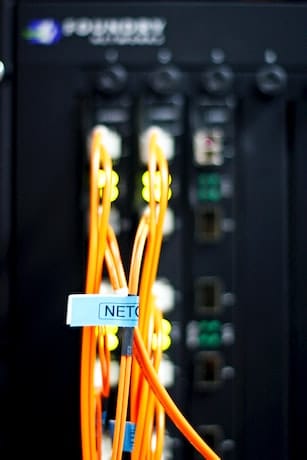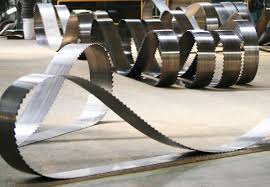Tech News
Fiber Optics – Facts You Didn’t Know
Fiber optics have become a very common way to transmit information. Telephone companies, cable TV, and the Internet use them. The military also uses them to keep lines of communication open under challenging conditions.
They’re Made Of Glass.
The main component of fiber optics is made from a type of glass. Silica is the most common choice for making fibers, but other types of glass can be used for more specific applications. Optical Fibers are usually made with a core of silica or another material with a slightly lower index of refraction than the cladding (the layer surrounding it). This causes total internal reflection at the cladding boundary and prevents light from escaping through the sidewalls.
They’re A Great Way To Transmit Video.
Fiber optics are a great way to transmit video because they allow for a much larger bandwidth than copper cables. They also have more significant signal distances, which can be a huge advantage for live event coverage.
The speed at which light travels in fiber is significantly faster than that of electrons in copper wires. This vast difference in speed allows the transmission of large amounts of information and can extend signals over distances more than 20 times greater than with copper data cables. This is a big reason why more and more integrators use fiber optic cable in their surveillance projects. They can be used to connect remote surveillance cameras, and if the distance is long enough, they can even be used for remote access control.
They’re A Great Way To Transmit Data.
Fiber Optics is a revolutionary data transmission technology that can send large amounts of information over long distances. Unlike copper cables, which use electrons to transfer data, Fiber optics transmit data in photons or light. Because of this, fiber can transmit data much faster than copper cables do – even up to 100 Gbps! This is an essential benefit for businesses that rely on high bandwidth and instant access to information.
Optical fibers can carry any data and are found in many different applications. Common use cases include computer networking, broadcasting, and medical device manufacturing.
They’re A Great Way To Transmit Light.
Optical fibers transmit light much faster than traditional copper wire cables. They are more durable and have a higher bandwidth than twisted pairs of copper cables, making them ideal for transferring information over long distances. The clear inner core allows light to travel unimpeded down the length of the fiber while the cladding acts like a one-way mirror, containing any light that tries to escape by bouncing it back into the core in a process called total internal reflection. The cladding also protects the light signals from the environment, making them less susceptible to attenuation and electromagnetic interference. This process, combined with the fact that it’s more resilient to damage than copper wires, is why optical fibers are used for many telecommunications and computer connections.







